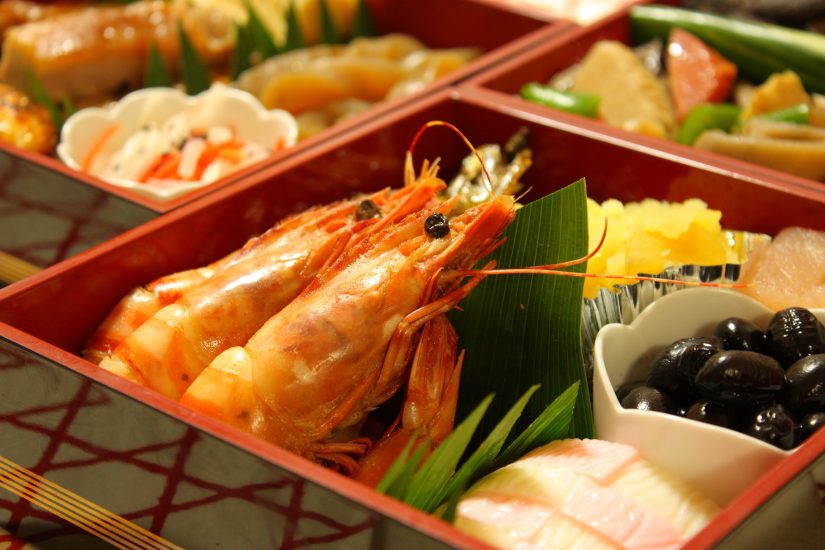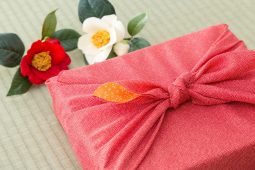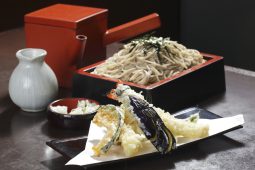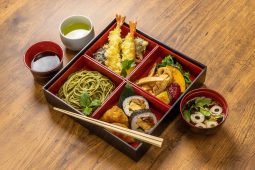No one will disagree that the life of a housewife is strenuous regardless of what country you are living in. It used to be even more true when the cooking and cleaning required more effort and time than it does today.
Likewise in Japan, a shufu was not only expected to take care of her husband and children, but also the entire household which included the in-laws among other family members. Taking this arduous lifestyle into consideration, Japanese society decided out of kindness that every housewife should be entitled to one day off per year and that this day should be New Year’s Day. But then, everyone will question: Who’s going to prepare what is considered the most important meal of the year. That is when they came up with the idea that instead of cooking this very special day, women would start storing some leftover all along the week that precedes the celebrations. Hence, the assortment of cold dishes named osechi Japanese people consume on the first day of the year.
While reading this, it might not sound too appetizing and that would explain why osechi is what marmite is to British people. Based on my conversation with them, they either love it or hate it. However, osechi has gained in freshness nowadays as many families crack on making this time-consuming feast on New Year’s Day or they shall also pre-order it from some luxurious department stores.
Behind the unglamorous background lies fascinating symbols for each dish. Here are some examples of what Japanese people might wish for when starting the New Year.
Datemaki (egg rolls):
Datemaki is a sort of sweet rolled omelette. Its shape connotes knowledge and learning as it resembles a paper scroll which in the past was the support of any document, but also books. Those were so expensive and exclusive in the Edo era that borrowing a book involved the librarian coming to your house and presenting them very delicately wrapped. These were reserved for the very high social classes of course. Nowadays, this dish might be more popular with families with children so as to wish them a successful academic year.
Ebi (shrimps):
Shrimps are almost compulsory for New Year as they represent an important concept in the Japanese culture which is longevity. Indeed, the curved shellfish refers to an elderly person with a hunchback. This way you wish all your loved ones a very long life.
Kazunoko (herring roe):
Just like longevity, fertility is an other notion that comes back systematically when referring to religion or spirituality. One of the dishes representing that important concept are herring roes. As anyone can guess, the small eggs are the offspring you would be yearning for. If fertility is definitely your go-to wish for the New Year, you can also head to one of those devoted shrines where you can invoke the gods and write your prayers on an ema, a small wooden plaque that you hang on a wall. One of those shrines is based in Kawasaki near Tokyo where every year is held what might be for us a very odd “fertility festival” that attracts many foreigners.
Renkon (lotus root):
Many might not be familiar with that delicious white and crunchy vegetable, but it is also an aliment you will indubitably come upon in an osechi set. Because of its regular holes, it suggests a view into the future and thus a good outlook in life.
Kuri Kinton (chestnuts with mashed sweet potatoes):
An other typical wish is wealth. This is why Japanese people will eat these mashed ingredients that look yellow, being the colour of gold.
Money and gold, being closely related and the kanji character kin (or kane) meaning and representing both gold and money, will bring you financial success.
Finally, you will find these dishes delightfully presented in some beautiful lacquered boxes named jubako. If you do not find the opportunity to taste them in a real Japanese household, you can still grab them at various retailers so that they will bring you good omen in the coming year.








